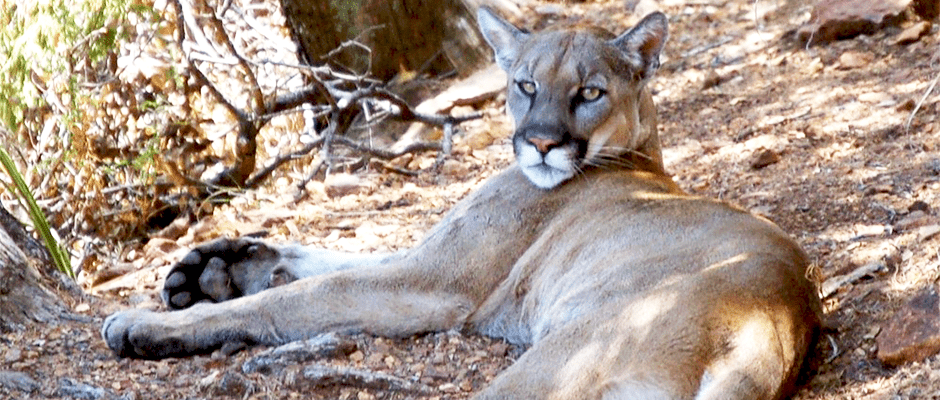Share this article
Despite their bad rap, predators do a lot to help humans
Predators aren’t usually humans’ best friends. Their tendencies to consume livestock, pets and us have a lot to do with that. But do they deserve their bad rap?
An international review of recent papers suggests predators and scavengers manage our waste and control our pests but get little credit. These carnivores — often imperiled by human-driven conflict and habitat loss — serve people in lots of unrecognized ways, researchers found, and should be appreciated and conserved rather than scorned and suppressed.
“Until this point, we spent most of our time as a scientific community trying to navigate the negatives of predators and scavengers recorded in the literature,” said Christopher O’Bryan, first author on the study published in Nature Ecology and Evolution. “We wanted to flip that on its head because we were aware of the benefits.”
A doctoral candidate at the University of Queensland in Australia, O’Bryan and his fellow researchers examined studies conducted worldwide in the last decade on the ecosystem services predators and scavengers perform. From mountain lions and dingoes to bats and vultures, they found over a dozen varied instances where a carnivore proved a boon to human health or economics — advantages that had previously only been demonstrated in scavengers.
“It’s interesting how some species considered pests in many cases are our friends,” O’Bryan said.
In North America, bats protect billions of dollars in corn yield revenue by controlling insect populations, O’Bryan said. An experiment in Indonesia indicated that insect-eating birds and bats can boost coffee production by upwards of 30 percent.
In Yemeni villages and towns lacking garbage disposal systems, Egyptian vultures (Neophron percnopterus) remove more than 20 percent of organic waste, he said. In Spain, vultures consuming livestock carcasses can save corporations the millions of insurance premium dollars it would otherwise take to transport and discard the dead animals.
Australian ranchers mostly see dingoes (Canis lupus dingo) as a menace because they can pounce on calves, O’Bryan said, but these canines could actually enhance cattle numbers by keeping in check kangaroos that compete with the cows for pasture. Another paper he looked at predicted that restoring cougars (Puma concolor) to the eastern United States could promote road safety since they’d restrict the abundance of their main prey, deer, which cause costly and sometimes deadly vehicle collisions.
“We know animals eat other animals, but if we connect the dots to what that could mean for human health, it can be impactful,” O’Bryan said. “The negatives are important, but let’s focus on the positives as well.”
Educating managers and locals in places plagued by human-wildlife conflict about the services predators and scavengers provide becomes increasingly crucial as people continue encroaching on their habitat, he said. Eighty percent of scavenging species are in fast decline, and many predator species’ historic ranges have shrunk by over 80 percent.
“There is conflict, but the benefits could outweigh those costs,” O’Bryan said. “It’s a call to begin this conversation and urge conservationists to consider these benefits, to figure out ways to mitigate conflict and restore habitat to conserve these species.”
He plans to further bridge the gap between biologists’ knowledge of predator and scavenger diets and of these carnivores’ contributions to humans by investigating more species around the globe.
“We urge people to do more research so we can better document these services,” O’Bryan said.
Header Image: A mountain lion lounges in Texas’s Big Bend National Park. ©National Park Service








